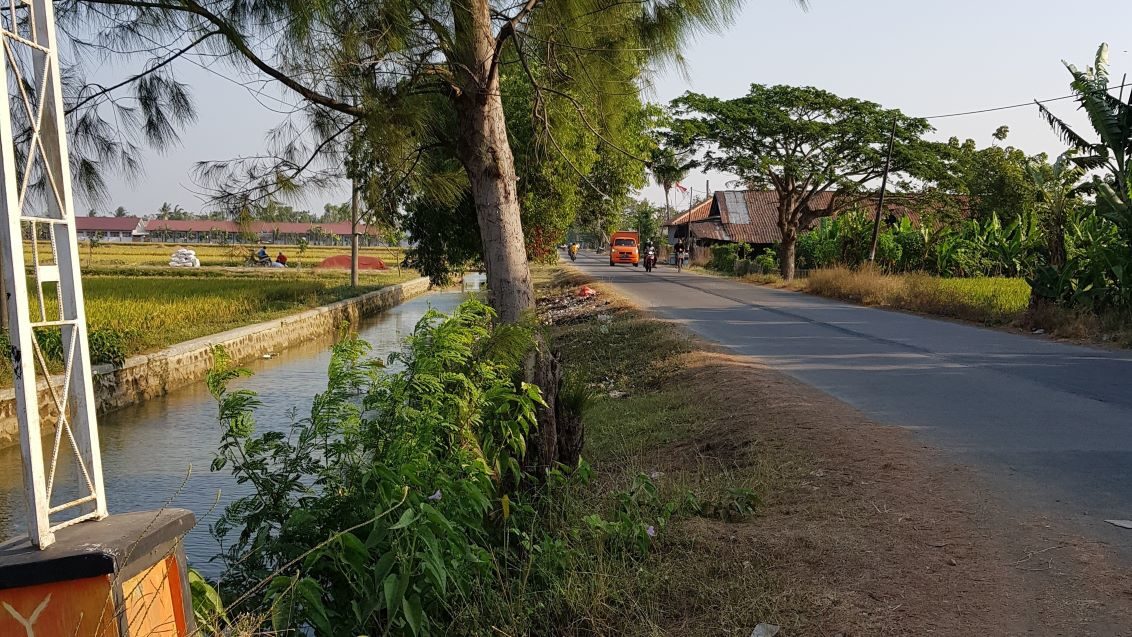Seven proposals to put farming on the best track

By Tahlim Sudaryanto*, Yuan Zhou and Alva Kretschmer
Indonesia is a major emerging market economy, predicted to be the fourth largest globally by 2050 (IFC, 2018). The agriculture and food sectors are key drivers of economic growth and build the foundation of food security and poverty reduction in the country. The sector employs about one-third of the workforce. Smallholder farmers are its backbone but so far have sub-optimal yields. Therefore, the agriculture sector should be supported by a strong research and development (R&D) agenda that fosters innovation and productivity, increases dietary diversity, and enables farmers to cope with the challenges of climate change, scarce natural resources, and harsher landscapes.
A recent study by the Indonesian Agricultural Researchers Alliance (APPERTANI) and the Syngenta Foundation identified the current major initiatives, spending levels, and drivers of Indonesia’s public R&D spending on food and agriculture. It also investigated the gaps faced by low-income farmers and consumers and recommended how to tackle these gaps and shift public R&D to serve future needs.
One major change in Indonesia’s R&D system was the recent establishment of the National Research and Innovation Agency (BRIN). Its chair reports directly to the country’s President. Until now, most R&D activities in agriculture and other economic sectors have been conducted by government ministries or agencies. Regarded as a ‘science super agency’, BRIN is an autonomous entity that will be responsible for R&D in all sectors. This ambitious reorganization is intended to boost innovation; but like all transformations, alongside opportunity it also brings uncertainty and risk.
Thus far, about 70 percent of researchers previously working at the Indonesian Agency for Agricultural Research and Development (IAARD), a unit of Ministry of Agriculture (MOA), have been transferred to BRIN. The remaining 30% stayed at the MOA for non-R&D functions. It is not yet clear how the agriculture and food sector researchers of BRIN are going to work with the MOA and its various sub-national institutions and extension networks. There is also a lack of clarity on how BRIN will allocate funding across sectors and how it will measure performance and impact.
Our study shows that Indonesia’s average ratio of agricultural R&D expenditure to agricultural GDP declined over the past few years. From 2010 to 2020, it was about 0.135. This is far behind the global average of 1%, let alone the 2% in developed countries.
In this period, IAARD conducted more than 90% of the country’s agriculture and food R&D activities. Most of the R&D spending originated from the state-owned budget. Only small proportions came from grants and loans (8.75% and 0.54%, respectively).
Our analysis across sub-sectors reveals that from 2015-2020, investment in food crops (rice, maize, and soybean) was highest. Horticulture (mango, pineapple, shallot, and chili), estate crops (coffee and cocoa) and livestock (poultry and beef) received lower R&D budget allocations. Most funds were spent on breeding (68.46% of total agriculture R&D spending), with the majority allocated to rice. More than 88% of total R&D funds went into productivity technologies, chiefly for rice. The narrow focus on agricultural commodities is driven by national policies to strengthen food security. The result is a lack of attention to topics such as nutrition, climate resilience, and sustainability.
The study also points to several issues faced by small-scale farmers and food consumers that remain unaddressed by the current public R&D system. These gaps include the low adoption of improved varieties and modern technologies. Also, households in the lower 40% income group consume food below the standards for adequate nutrition and energy.
BRIN’s mandate is to strengthen research on the ‘green economy’ and design R&D programs that better address climate mitigation and adaptation and that protect natural resources. The future agriculture and food R&D system in Indonesia should build on this. It should also better suit the needs and preferences of small-scale farmers and address the changing patterns in consumer preferences.
We recommend to
1) gradually increase spending on agriculture and food R&D to at least 0.56% of agriculture GDP by 2030, with an annual growth of about 4.99%;
2) diversify funding sources for R&D programs and provide incentives for greater private investment;
3) increase the share of R&D spending for high-value commodities, which include horticulture, estate crops, and livestock, as well as thematic areas that boost sustainable, nutritious, and climate-resilient food systems;
4) strengthen the delivery system of public R&D to farmers, in particular, the mechanism of agricultural technology transfer from BRIN to users/small-scale farmers (e.g., through a bridging institution like BSIP);
5) increase the impact of R&D results for farmers and consumers by designing agriculture R&D programs that strengthen food security and nutrition and improve consumers’ capacity to access and consume nutritious food;
6) develop a new agricultural R&D strategy, along with a well-coordinated communication platform inside BRIN; and
7) finalize the connection and coordination between BRIN and ministries/agencies in formulating agriculture R&D strategies and using agricultural R&D results.
In November, we presented these results and recommendations to more than 50 representatives of BRIN, IAARD, BAPPENAS, the Ministry of Finance, academia, and research centers, as well as to private sector and development partners. Our well-received observations generated intense debate on the future of Indonesia’s agricultural R&D. The experts regard the report as a valuable and extremely timely resource: the formation and fine-tuning of the transformation of public agriculture R&D are in progress at this very moment and have already caused huge uncertainty.
Our results and recommendations help inform the discussions within and among institutions such as BRIN, MOA, and BAPPENAS. Several follow-up meetings are planned for further deliberation on the recommendations and required actions.
* Professor Tahlim Sudaryanto, National Research and Innovation Agency (BRIN), Indonesia. Yuan Zhou and Alva Kretschmer are our Foundation’s Policy team.
